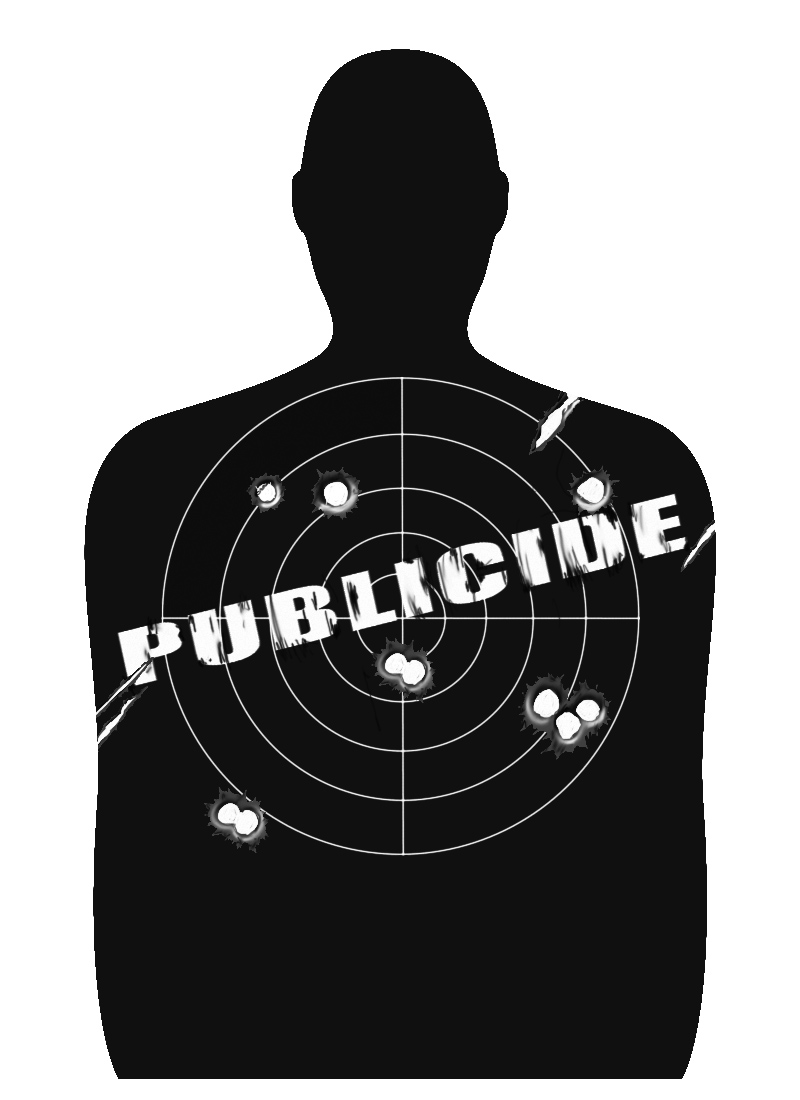
In the past two weeks, two horrific public shooting incidents have occurred; it is no wonder that America’s political eye has turned towards mass shootings. As the punditry engines roared to life, media organizations like The Washington Post, Vox, MSNBC and others broke out a new and terrifying statistic: By their count, 2015 had to date seen more mass shootings than days. Yet while this statistic does highlight gun violence in America, it also highlights the need for more specific terminology that clearly distinguishes mass shootings from other forms of gun violence.
To start with, it’s clear that the media organizations above were engaged in at least some level of duplicity. They produced alarmist headlines by using the broadest definitions of “mass shooting” available, namely “a shooting incident in which four (sometimes three) or more people are wounded or killed.” This definition derives from the FBI’s technical standards for mass murder, but amounts to a bait-and-switch for the American public; when people hear “mass shooting,” they think of events like the tragic incidents at Sandy Hook Elementary School and Aurora, Colorado. We don’t remember these events just because more than four people lost their lives.
The mass shooting as a concept is so terrifying because of what it represents: an outrageous, random attack against the public itself. The Newtown or Aurora shootings inspire fear precisely because they were not targeted; there was no underlying logic to them, and thus no way to predict and avoid them. These incidents are the products of the seething hate of disaffected individuals, manifested as violence towards strangers, towards the public writ large. It doesn’t matter if you live in a good neighborhood, or avoid conflict, or aren’t part of a group ordinarily targeted by hate crimes. Each bullet fired in one of these attacks is fired at all of us, collectively. The mass shooting occupies a unique space in the American consciousness, and this explains why we hear and care more about mass shootings than about overall firearm homicides. If we cared about death as such, not about what killings represent, then mass shootings, whose casualties amount to only a small fraction of overall gun deaths, would not be important to us. And media wouldn’t put them in headlines.
I therefore propose a new term to represent this distinctive phenomenon: publicide. A publicide is an act of murder committed against the public itself. The Newtown shooting, for example, would be a “mass publicide,” and a “firearm publicide,” if one wanted to be specific. We already have some distinctions in our public vocabulary those killings that are especially atrocious because of what they represent. Hate crimes describe attacks targeting members of a specific group. Terrorism describes violence in pursuit of political aims. These, too, can overlap: The Charleston Zion AME Church shooting earlier this year was both a hate crime and a terrorist act.
So what are the other mass shootings that don’t target the public in the same way, the other several hundred incidents in the media’s lists? Many are gang violence. Others are domestic violence or personal disputes. Others still stem from petty arguments or shouting matches with strangers, made more dangerous by the influence of drugs and alcohol, and by the guaranteed right of Americans to keep our species’ most effective instrument of death a mere arm’s length away at all times.
Non-publicide mass shootings, and singular firearm homicides (which represent the vast majority of gun deaths), still deserve our attention. In fact, based on the raw numbers, they arguably deserve more of it. But these distinctions are important to make because the phenomena are, in fact, distinct, and the kind of remedy that works on one will not work on another. For example, anti-gang social programs could easily reduce gang-related firearm deaths, but won’t stop a deranged drug addict from taking out his family in a murder-suicide, or a depressed teenager from seeking notoriety and vengeance at his high school.
Of course, publicides may be the hardest of all to eradicate, due to their unpredictable nature, and will never stop being the most terrifying. But the American public has been under assault for decades. Now, armed with a magazine of accurate definitions, statistical evidence, numerous potential remedies and political will, it’s time for the public to fight back. Together, we are targets. Together, we can end this.
Bernard Stanford is a junior in Jonathan Edwards College. Contact him at bernard.stanford@yale.edu .







